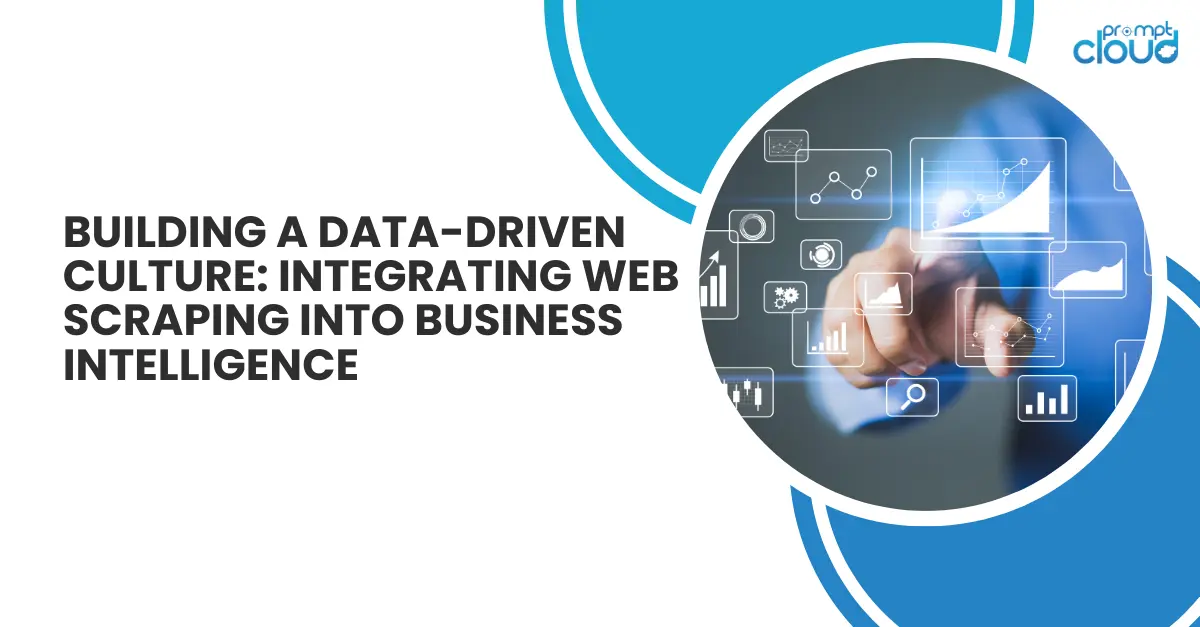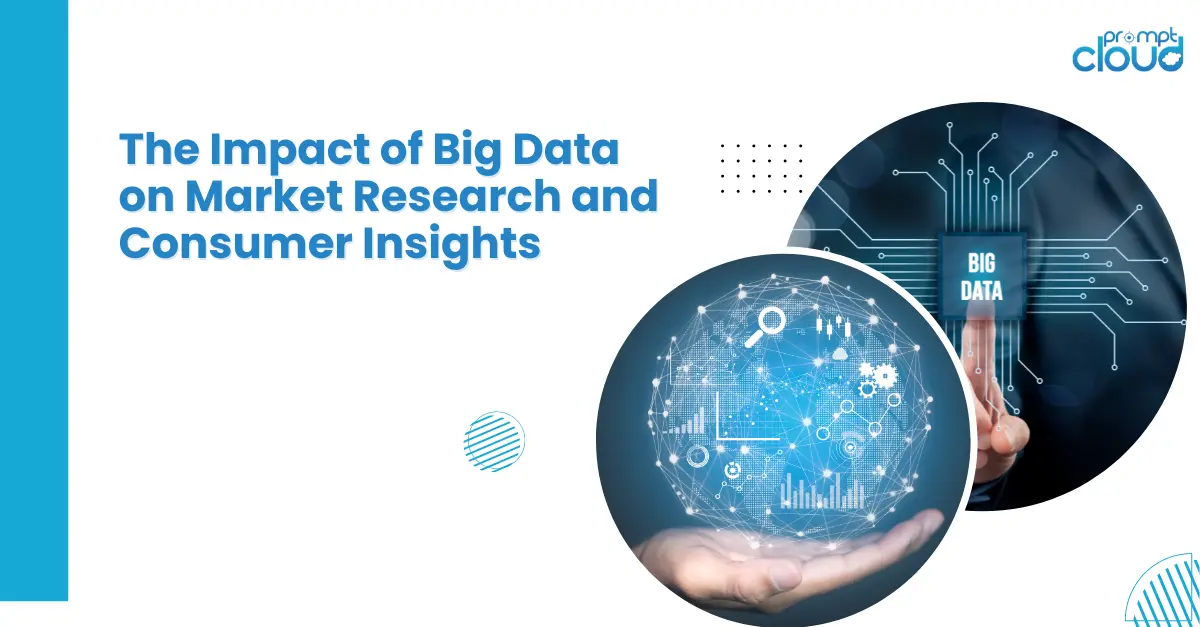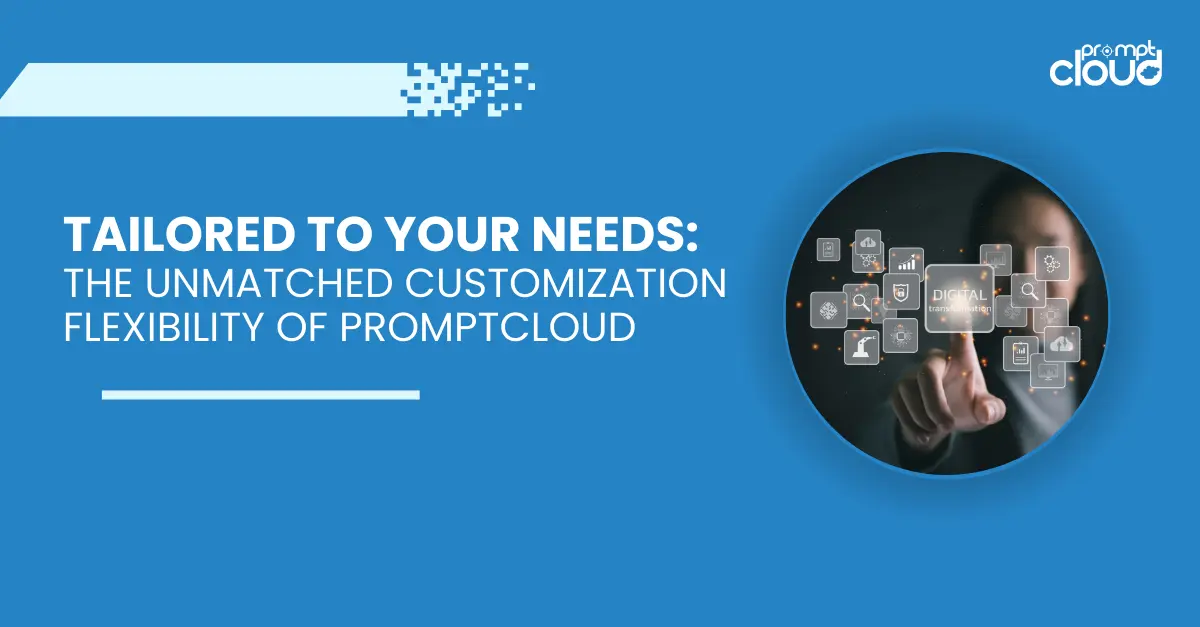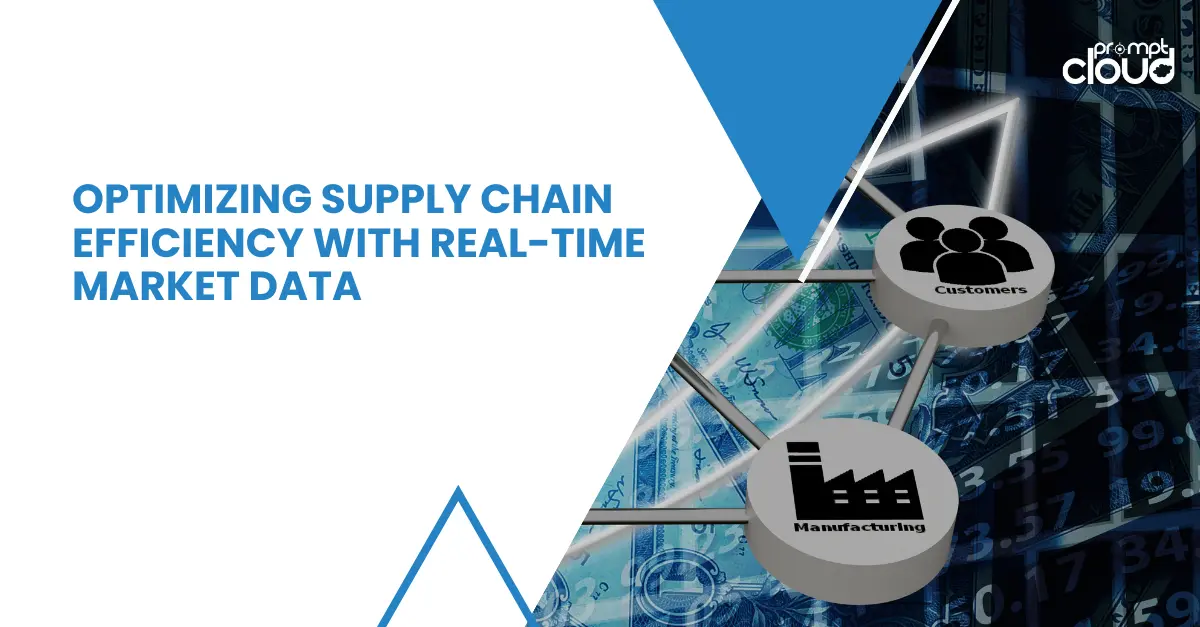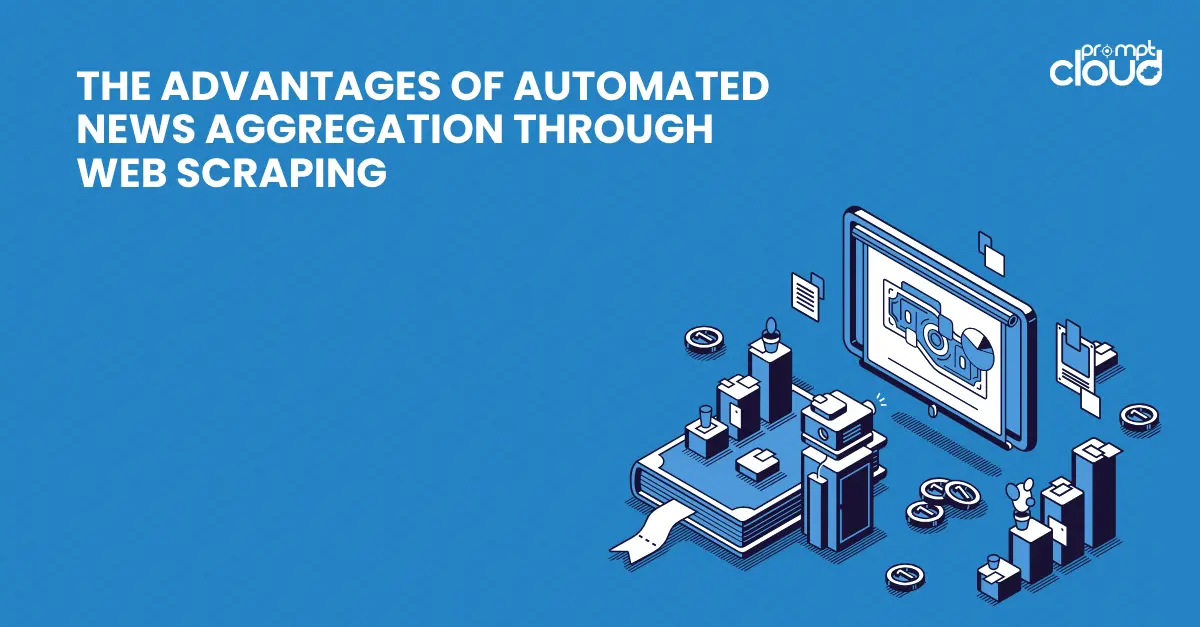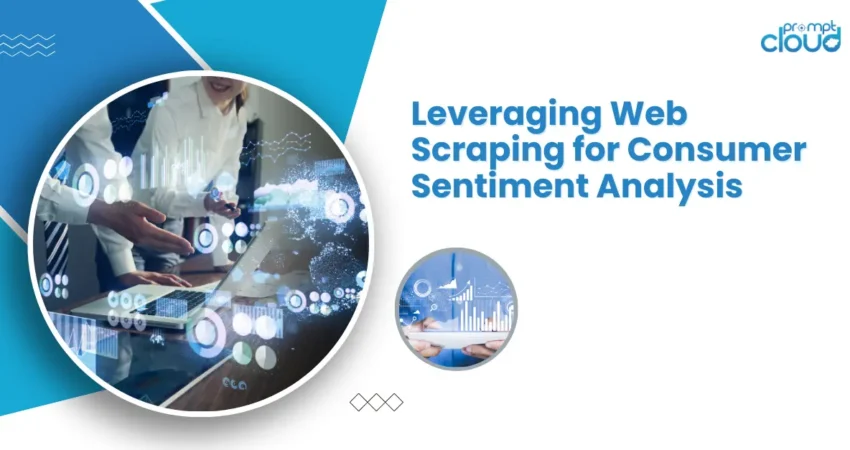
In the relentless race to remain at the forefront of market trends and consumer preferences, understanding and analyzing consumer sentiment has become indispensable for businesses across all sectors. As digital footprints expand exponentially, the web has transformed into a goldmine of consumer insights, teeming with opinions, reviews, social media commentary, and forum discussions. Amidst this data-rich landscape, web scraping has surfaced as a pivotal technology, enabling businesses to extract and leverage these vast reservoirs of online data efficiently.
Web scraping, or the automated extraction of data from websites, has evolved beyond a mere technical exercise into a strategic tool that peels back layers of the consumer psyche. By harnessing this technology, companies can tap into unstructured data from diverse digital platforms, converting it into actionable insights. This blog post delves into the mechanics and benefits of using web scraping for customer sentiment analysis. We’ll explore how this approach not only refines marketing strategies and product offerings but also significantly enhances customer engagement and the overall consumer experience.
What is Web Scraping
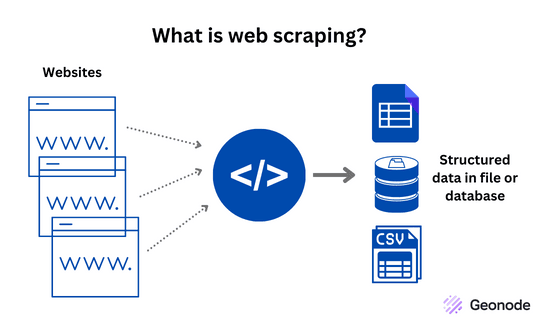
Web scraping is a powerful, automated technique used to extract large amounts of data from websites. This process involves deploying bots—software applications that run automated tasks – to systematically gather content and data displayed on web pages. Unlike manual data collection, which is cumbersome and prone to human error, web scraping simplifies and accelerates data retrieval, allowing for the efficient accumulation of data at scale
Why Use Web Scraping for Customer Sentiment Analysis
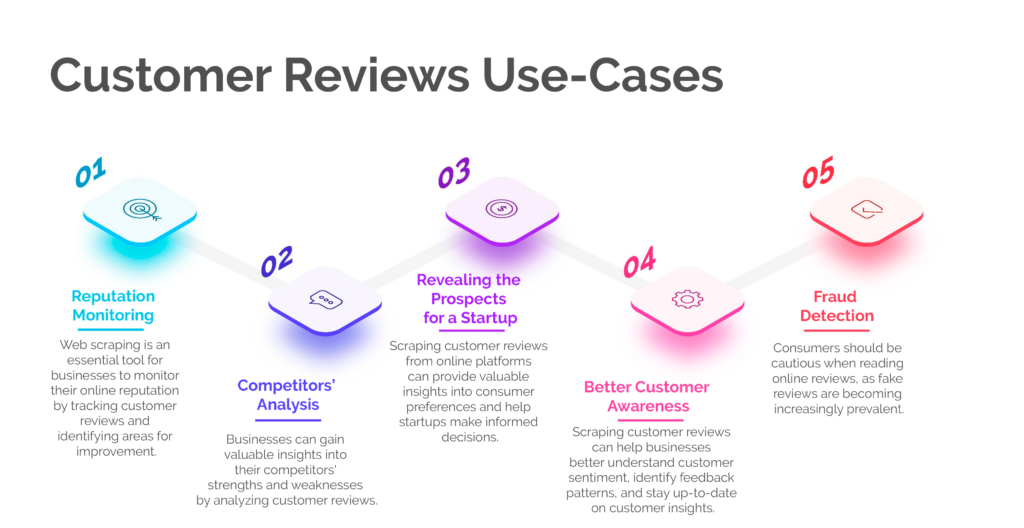
Understanding consumer sentiment in real-time has become a linchpin for businesses aiming to maintain a competitive edge. Web scraping serves as a critical tool in this regard for several key reasons:
1. Vast Data Access
Web scraping allows businesses to access an extensive range of data sources across the internet, far beyond what conventional data gathering methods can achieve. This includes millions of social media posts, blog entries, forum discussions, and online reviews, which collectively provide a comprehensive picture of consumer sentiment.
Example: A beauty brand might use web scraping to collect data from multiple review sites and beauty forums. By analyzing comments and feedback about their products and those of their competitors, the brand can understand consumer preferences and perceptions more broadly than through traditional surveys alone.
2. Real-Time Insights
The dynamic nature of consumer opinions requires tools that can keep pace with rapid changes. Web scraping facilitates the monitoring of real-time data, allowing companies to observe shifts in sentiment as they occur. This timely information enables businesses to respond quickly to emerging trends, manage crises more effectively, or capitalize on positive sentiment.
Example: During a new product launch, a tech company might use web scraping to monitor real-time public reaction across various tech blogs and social media platforms. By doing so, they can quickly gauge the reception of the product and address any prevalent issues or negative feedback immediately.
3. Cost-Effective
Manual data collection is not only slow but also expensive. Web scraping automates the labor-intensive process of data collection, significantly reducing costs related to manpower. Furthermore, it minimizes errors associated with human data collection, ensuring more accurate data that can drive better business decisions.
Example: An e-commerce retailer can automate the scraping of competitor websites to track pricing changes and product offerings without needing to employ a team of analysts. This automation saves on labor costs and provides up-to-date data that can be used to adjust pricing strategies in real time, ensuring competitive pricing for their customers.
Real-World Examples of Web Scraping in Action
Product Development and Improvement at Samsung Electronics
Samsung Electronics harnesses the power of web scraping to transform customer feedback into actionable insights for product innovation. By systematically collecting and analyzing customer reviews and feedback from numerous online platforms—including e-commerce sites, tech blogs, and social media—Samsung can identify and categorize consumer pain points, preferences, and feature requests. This rich, aggregated data informs their R&D team, enabling them to prioritize features and address issues that matter most to their users. For instance, after noticing frequent mentions of the desire for longer battery life in smartphone reviews, Samsung focused on enhancing battery performance in their subsequent models, which led to the development of power-efficient devices that strongly resonated with consumer expectations.
Marketing Strategy Adjustment by a Leading Fashion Retail Company
A prominent fashion retail company utilizes web scraping to stay ahead of fast-changing fashion trends and consumer preferences. By continuously monitoring popular fashion blogs, social media platforms like Instagram and Pinterest, and online fashion forums, the company gathers vast amounts of data on the latest fashion discussions and style mentions. Advanced analytics are applied to this data to discern trending patterns, color schemes, and design preferences. This ongoing stream of up-to-date market intelligence allows the company to dynamically adjust its marketing campaigns and promotional strategies. For example, when scraped data indicated a rising trend in eco-friendly and sustainable fashion, the company quickly launched a marketing campaign highlighting their commitment to sustainability, featuring their new line of eco-conscious apparel. This not only enhanced their brand image but also significantly increased customer engagement and sales during the campaign period.
Step-by-Step Guide to Setting Up Web Scraping for Customer Sentiment Analysis
Creating an effective setup for web scraping specifically for customer sentiment analysis can be a powerful way to understand public perception and fine-tune your marketing and product strategies. Here’s a step-by-step guide to help you establish this process:
Step 1: Define Your Goals
Before beginning, clarify what you want to achieve with sentiment analysis. Are you tracking general brand sentiment, analyzing feedback on a specific product, or monitoring sentiment about a service issue? Setting clear objectives will guide the scope and direction of your scraping efforts.
Step 2: Identify Data Sources
Select the websites and platforms that will likely hold the data relevant to your objectives. This could include social media platforms (Twitter, Facebook), e-commerce sites (Amazon, eBay reviews), forums (Reddit, specialized industry forums), and news websites.
Step 3: Choose the Right Web Scraping Tools
Depending on your technical skills and the complexity of the task, choose a scraping tool that fits your needs. Tools range from simple no-code options like Import.io or WebHarvy to more complex frameworks like Scrapy or Beautiful Soup.
Step 4: Set Up Data Extraction
Configure your scraper to collect the types of data needed for customer sentiment analysis. This often includes text data from posts, comments, reviews, and possibly related metadata like timestamps and author information.
Step 5: Store and Manage Data
Ensure you have a system in place for storing the scraped data. This could be a simple spreadsheet, a database, or cloud storage, depending on the volume of data and your analysis needs.
Step 6: Analyze Sentiment
Apply sentiment analysis tools to interpret the collected data. This can be done using natural language processing (NLP) libraries such as NLTK or TextBlob in Python, or through more specialized services like IBM Watson.
Step 7: Visualize and Act on Insights
Visualize the analysis results using tools like Tableau, Power BI, or even Python’s Matplotlib for graphs and charts. Use these insights to inform business strategies, marketing adjustments, and product improvements.
Step 8: Monitor and Refine
Continuously monitor the system’s performance and the accuracy of your customer sentiment analysis. Refine your scraping parameters, update your data sources, and tweak your analysis algorithms as needed based on feedback and results.
In Summary
In today’s data-driven business landscape, understanding consumer sentiment is crucial for maintaining a competitive edge. Web scraping emerges as a powerful tool in this endeavor, enabling companies to extract vast amounts of data from the internet efficiently. This technique provides access to a wide array of online content, including consumer opinions, reviews, and social media comments, which can be utilized to gather real-time insights and inform business strategies.











